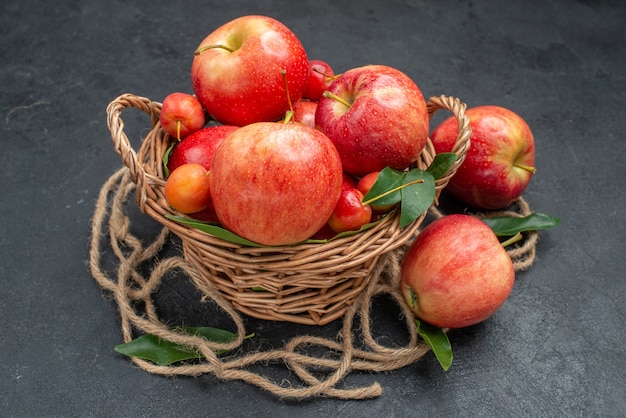The content of the article is:
In sports and fitness, the term “power” is frequently used and plays a crucial role in athletes’ training and performance. However, understanding what power truly means in this context and how it relates to other physical concepts like strength and work can be a bit confusing. This article aims to clarify these terms and explain their importance in sports.
In sports, strength is your ability to use muscle force to overcome resistance. It’s a measure of how much force your muscles can generate. Work, in a physical sense, is the force applied over a distance. Power introduces the element of time into the equation. It鈥檚 the amount of work done per unit of time, calculated as P = W / t, where P is power, W is work, and t is time. Power is often measured in watts.
The formula P = F x V (where V is velocity) indicates that boosting an athlete’s power involves enhancing both strength and speed. Each sport needs specific types of strength, often called “special” or “specific” strength. Athletes need to develop the optimal strength suited to their particular sport.
There are two main types of strength, each with unique characteristics and energy usage: Aerobic Strength and Anaerobic Strength. Aerobic strength involves long-duration, rhythmic activities that engage the cardiovascular system and depend on oxygen to meet energy needs. Predominantly, aerobic exercises engage glucose and some fatty acids, which fuels activities like jogging, cycling, and swimming. In contrast, Anaerobic strength focuses on short, intense efforts where the body’s oxygen supply isn’t sufficient and thus rely more on glucose and prioritizes power and speed. Activities like sprinting, weightlifting, and high-intensity interval training (HIIT) fall into this category.
Improving power requires strategic training that incorporates different phases. For example, a boxer might separate training sessions to focus on either speed or maximal strength, gradually integrating both to enhance punch power. It鈥檚 essential to balance strength and speed training to avoid bulky muscle gain that could slow down basic speed. The planning of training cycles (macrocycle, mesocycle, and microcycle) should be managed by a coach. Good trainers can help implement effective training methods, guiding athletes through the intricate journey of developing power by understanding the interplay of strength, work, and power in their sports performance.







